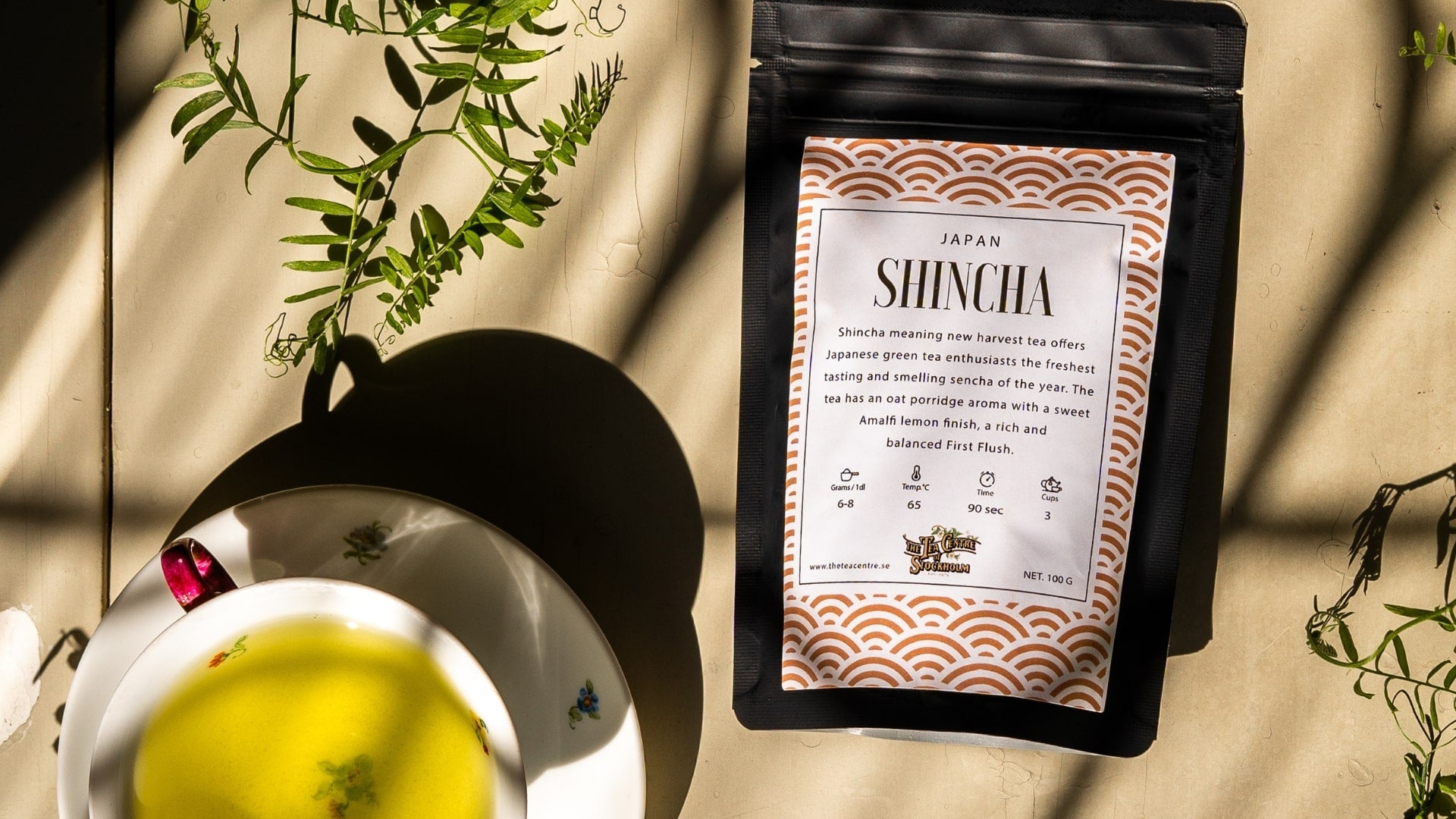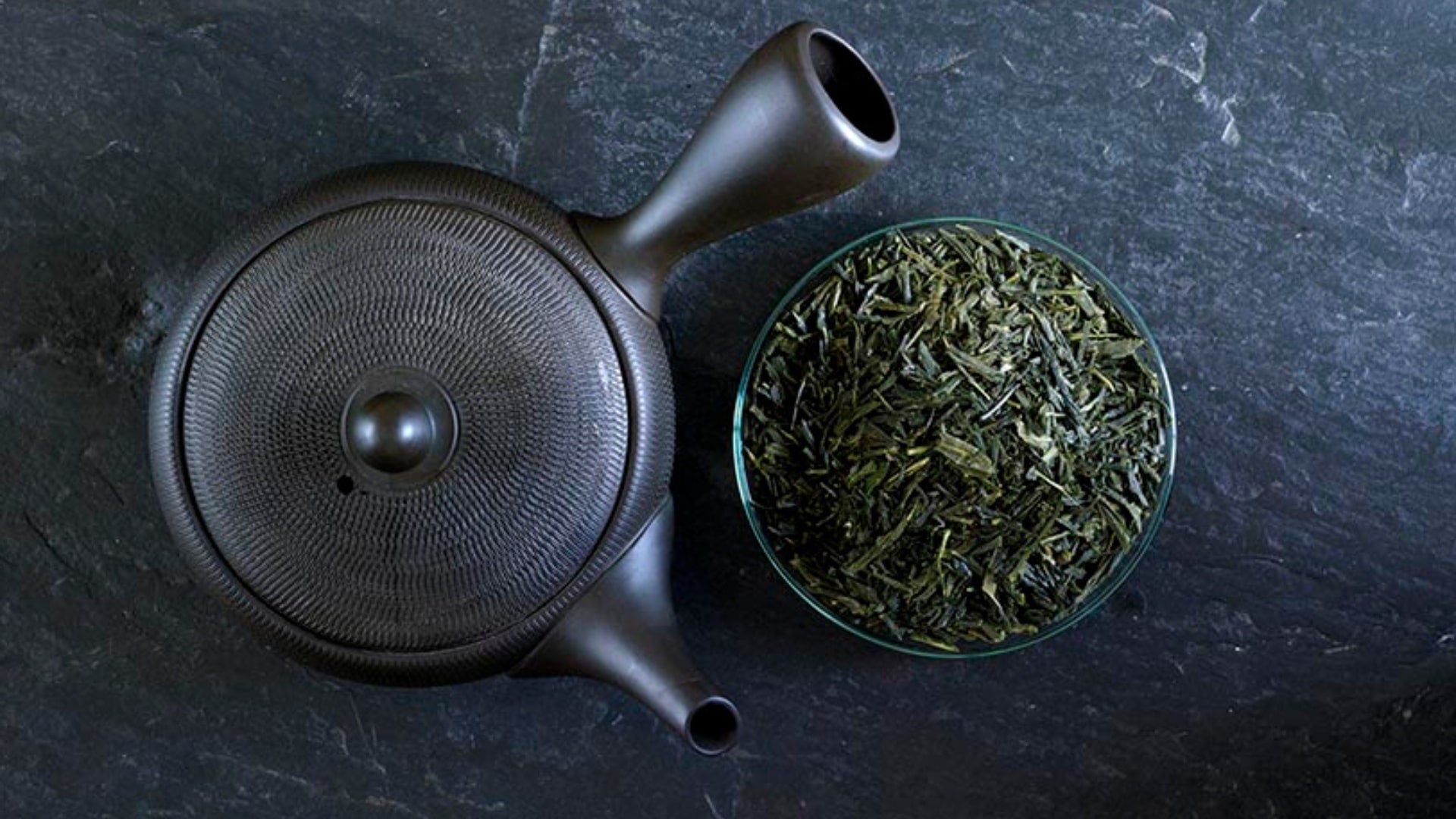Far away, in the Land of the Rising Sun, many things are still shrouded in a mysterious beauty and grace. Tea is no exception. Tradition, craft, and umami are some of the lead characters as Gihan Mauris, CEO of the Tea Centre of Stockholm, shares stories from his remarkable journey to Japan and his introduction to the Japanese green tea known as sencha.
Part I - The Source
When Vernon Mauris founded The Tea Centre of Stockholm, he brought with him a lifetime of passion for and understanding of tea. His youth in Sri Lanka and many voyages across the Far East and beyond had equipped him with an appreciation for the entire supply chain of tea – from the delicate first sprouts of the Camellia sinensis to the tasteful liquor they produce in cups across the world.
As time came to pass the family business on to the next generation, Vernon knew that an education in Stockholm alone was simply not going to suffice.
“He told me that I needed to go to the source” says Gihan of his father, “and that I had to experience tea in its natural habitat, with the full richness of the culture surrounding its cultivation and preparation.”
At age 17, Gihan packed his bags and prepared to fly to Japan, but not before his father had sat him down and explained how he should carry himself in this, to him, foreign culture. The nervousness he felt ahead of the trip is tangible even as he talks about it nearly two decades later.
“I was supposed to say hello in a certain manner, present my business card the right way, never pour tea to my elders but instead let them take the initiative, dress right. It was a lot to take in and keep in mind for a teenager heading out on such an important trip.”
Dressed in his finest suit and tie, young Gihan landed in Tokyo with an exceptionally busy mind.
Part II - The Kinship
When it comes to tea, the Land of the Rising Sun has strong ties to the Land of the Midnight Sun. The Tea Centre of Stockholm exports more tea to Japan than to any other foreign country, with Söderblandning being particularly popular. Naturally, a lot of tea comes the other way as well, with many Swedes being fond of Japanese green teas.
These ties forged some strong personal relationships as well. Whilst attending a conference in the early days of his tea venture, Vernon befriended the president of the Otsuka Green Tea family business and his wife. As one of the oldest established tea manufacturers in the prosperous Shizouka prefecture, the Otsuka family had set the bar for excellence in the art of producing world class sencha for seven generations.
When Vernon’s son was visiting Japan to learn more about tea, there was no talk about staying at a hotel.
“The Otsuka family were adamant about me staying with them,” Gihan explains. “And this was not for a few days only, I was to be there for nearly a month during my first visit.”
Tired, stressed out, and nervous, Gihan found his way through a busy Tokyo airport to an even busier central train station and just barely made the train that would take him to Kakegawa town in Shizouka.
Two Otsuka employees greeted him as he tried to remember the proper way to bow and count the right number of seconds to remain bowed. Gihan believed that he would be taken to the office but was informed that they were heading to the Otsuka home.
With all the anxiety a teenager would be expected have in such a situation, Gihan was escorted straight to a tea ceremony to be conducted by none other than the president’s wife, a tea ceremony master trained at one of just two incredibly exclusive schools of traditional Japanese fine arts.
Part III – The Release
Everyone sat on the floor in complete silence. The president of the legendary Otsuka family business, his daughter, a couple of employees, and a confused, worried, and distressed teenager from Sweden. Their eyes were squarely fixed on the ceremony master seated in the front of the room – the president’s wife in her elegant kimono.
Not knowing what to make of the silence, Gihan simply observed as she began by cleaning the tools for the tea ceremony. Every move she made was reminiscent of an artist painting a masterpiece, or perhaps a ballerina conveying the full range of human emotions with her moves.
“Watching her prepare the tea was truly mesmerising,” says Gihan, noticeably emotional whilst recalling the scene. “Suddenly all the stress and nervousness that I had been carrying for days started to wash away and I could breathe calmly again.”
In a time-honoured tradition, she prepared the pulverised tea known as matcha, and handed the first cup to Gihan whilst looking him deeply in the eyes and uttering the only English words he heard from her during the entire trip, in a heavy Japanese accent:
“Now I have you!”
Gihan burst in tears. Both on the floor in Japan and in his Stockholm office as he was retelling the story. Not only had he arrived. He had now been initiated as well.
Part IV – The Labour
Relaxed and accepted, Gihan got to work with the president the next day. The routine was strict. They woke up at three in the morning, had a light breakfast with limited flavours, and did not brush their teeth. Soon they would be driving through the mist of dawn to the factory where local farmers would present their first tea samples for tasting.
For sencha, only the buds and the first two leaves of the tea plant are harvested, and this is done before the sunrise to preserve their L-theanine which is otherwise altered in the sun. Providing the plants with just the right amount of sun for them to grow whilst also preserving the L-theanine over the final days before harvest is truly an artform, as was the highly efficient tasting session that now commenced.
“The president tasted a tea, quickly advised the farmer whether to steam the leaves more or less, and moved on to the next sample,” Gihan explains whilst adding that steaming stops the oxidation and is a key step in producing sencha.
By eight o’clock, the hectic first tasting session was over. The farmers went back to adjust their crops whilst Gihan and the president could finally have a proper meal. By lunch time, the farmers returned with new samples that would hopefully meet the standards of the president’s highly calibrated taste buds. The farmers would fill their cars with accepted product and drive onto a scale – they all drove the same car model to facilitate an efficient way of weighing the tea they had for sale.
“Out of all my trips, this may be the one that has affected me the most,” Gihan proclaims. “I would never look at tea the same way again. The appreciation I felt after getting to know the people and the process was simply out of this world."
Part V – The Fruits
Vernon certainly knew what he was doing when he sent his son to a far-away plantation. The elevated appreciation for the foundation of the family business that his son now felt allowed him to comfortably pass the business on knowing that it would be continued in the right way.
Ever since, Japanese green teas have held a special place in Gihan’s heart, and none more so than sencha. For this reason, The Tea Centre of Stockholm makes sure to stock up on the finest shincha, as first harvest sencha is called, available during summertime harvest each year. From August to December, a few strands of world class sencha – selected from more than 50 tasted batches – can be found in the shop at Hornsgatan or online.
Not willing to leave anything to chance, Vernon and Gihan returned to Shizouka a few years later and brought something valuable along. Determined to find the perfect mix for Stockholm of fukamushi, heavily steamed sencha, and asamushi, lightly steamed sencha, they actually brought water from the Swedish capital to Japan. The result was Sencha H2O – a blend specifically optimised for the tremendous local water of their home city.
The list of exquisite Japanese green teas provided by the Tea Centre of Stockholm is long. The rounded Genmaicha made with roasted rice, brown and nutty Hojicha, mature and balanced Bancha, or the highly exclusive Gyokuro, to name a few.
“Whichever of these superb teas you happen to enjoy,” Gihan concludes, “I am certain that every sip will bring to life the many long-standing traditions and perfected artforms that were required to bring it from the Far East to your cup.”
“May the art of sencha bring you a moment of peace and relief, as it has done for my father, myself and countless tea lovers through the ages.”












